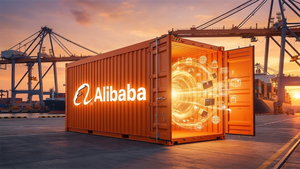Leptospirosis is described by the Centers for Disease Control and Prevention (CDC) as a bacterial disease that affects humans and animals that can cause a wide range of symptoms, or none at all. Some symptoms may be mistaken for other diseases, and without proper treatment, leptospirosis can lead to kidney damage, meningitis, liver failure, respiratory distress and even death.
Worldwide, CDC estimates there are more than 1 million cases of leptospirosis each year, including 60,000 deaths. While the bacterial disease is less common in the United States, cases do occur here, most frequently in tropical or subtropical parts of the country. It is most common in places like Hawaii and Puerto Rico, but even the New York City Department of Health and Mental Hygiene (NYC Health) had to issue a health advisory last year after more than a dozen people were diagnosed with the disease in the city.
The bacterium Leptospira is spread through the urine of infected animals (including rodents), which can get into water or soil and can survive there for weeks to months according to the CDC. Humans can become infected through contact with urine (or other body fluids, except saliva) from infected animals; or from contact with water, soil or food contaminated with the urine of infected animals. The agency reports the disease can be an occupational hazard for many people who work outdoors or with animals, including:
- Farmers
- Mine workers
- Sewer workers
- Slaughterhouse workers
- Veterinarians and animal caretakers
- Fish workers
- Dairy farmers
- Military personnel
“Surface water runoff entering buildings, wading through flood waters, demolition of rodent infested structural materials, and other restoration activities put occupants and restoration workers at risk of contact with Leptospira bacteria,” said Derrick A. Denis, Disaster Ready Emergency Preparedness and Infection Control (DR EPIC) Program Industrial Hygienist for Clark Seif Clark (CSC). “Leptospirosis is just one of a number of diseases of concern for flood victims, restoration professionals and demolition contractors. Avoiding bacteria is impossible, but universal precautions are available to reduce hazardous exposures to Leptospira and other pathogens.”
To help protect workers and the public from exposure risks to Leptospira and other microbial pathogens, the infection control and industrial hygiene professionals at CSC provide training, testing and consulting services to clients nationwide. CSC has even sponsored an educational video about leptospirosis and various occupational and environmental exposure risks that can be seen at: https://youtu.be/m23WDvym2bY
To learn more about this or other infection control, industrial hygiene, environmental, health and safety services, please visit www.csceng.com, email csc@csceng.com or call (800) 807-1118.
About Clark Seif Clark
CSC was established in 1989 to help clients in both public and private sectors address indoor air quality, occupational, environmental, and health and safety (EH&S) issues. CSC is a leading provider of these services with multiple offices along the western seaboard and southwest. The company believes in science-based protocols and has a strong background in engineering, making them the preferred environmental consultants to industrial clients, healthcare facilities, architects, schools, builders, contractors, developers and real estate professionals.
— WebWireID295009 —





